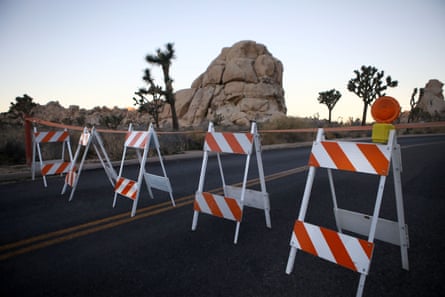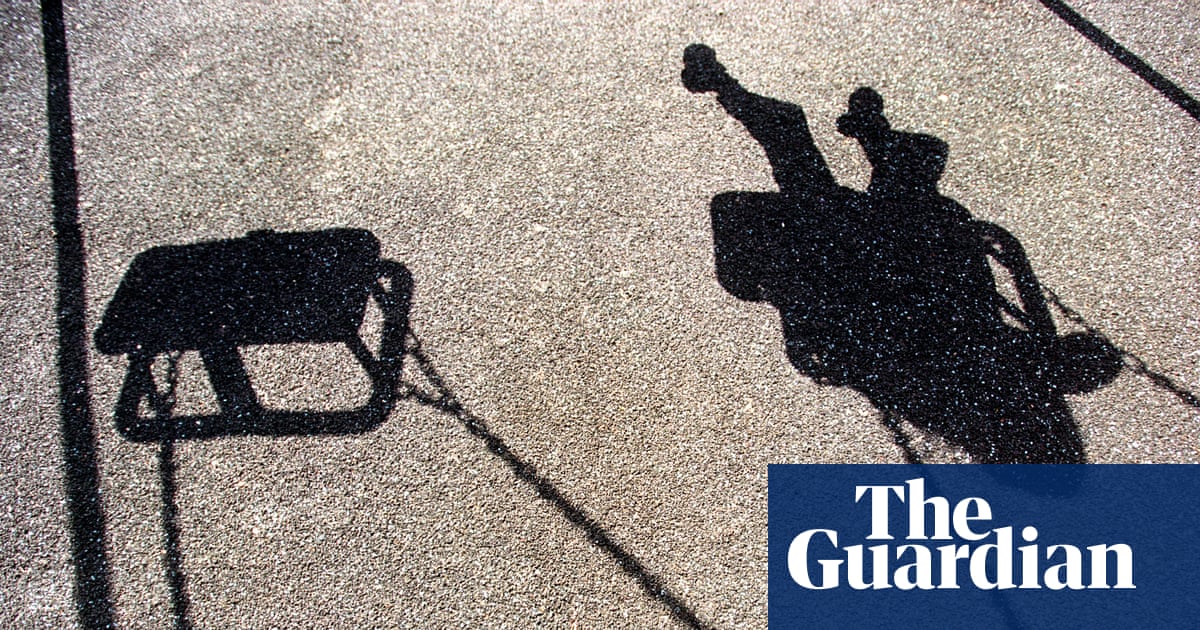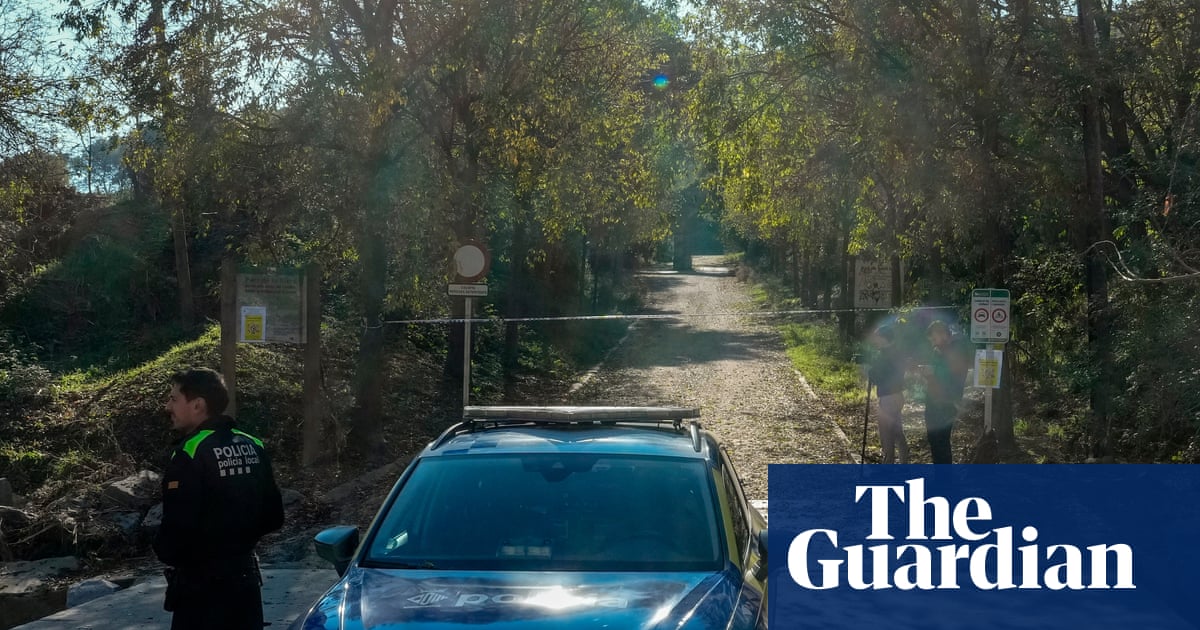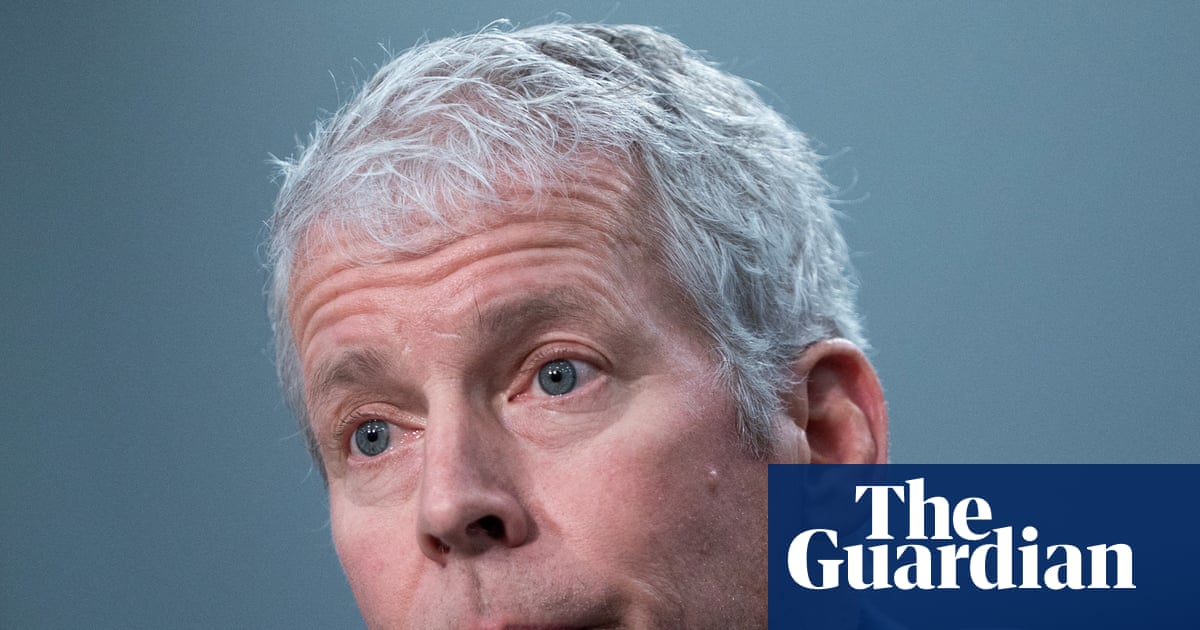On Tuesday evening, in the final hours before a now imminent US government shutdown, the National Park Service (NPS) began preparations to close down parts of popular public lands across the country – while trails and other open-access areas remain open.
The guidance for park leaders in the event of a federal shutdown had been uncertain as the impasse loomed, raising fears that the parks could be forced to stay open without anyone to staff them.
A plan released late on Tuesday, mere hours before the shutdown was set to begin, outlined how swaths of land not able to be locked down – including open-air memorials, park roads, and trails – will remain accessible to the public. The document also detailed that more than 9,200 employees will be furloughed, reducing staff by roughly 64%. Only workers deemed necessary to protect “life and property”, will remain on duty.
Parks will be able to utilize the funds from fees they’ve collected – a budget kept separate from federal appropriations – to continue to maintain bathrooms, trash, campgrounds and emergency operations.
Previous use of these fees – collected under the Federal Lands Recreation Enhancement Act – to support park operations during shutdowns was found to be a violation of the law by a 2019 Government Accountability Office analysis.
The plan also allows superintendents, with the approval of the NPS director, to accept deals with state, local and tribal governments or other third parties – including commercial businesses – - to provide funding during the lapse. “The NPS will not reimburse third parties … who provide donations for such services,” the plan said.
In advance of the official document’s release, the acting NPS director Jessica Bowron issued guidance, in an internal email reviewed by the Guardian, that all gated park facilities should be prepared to close for the duration of the shutdown.
“If a facility or area is locked or secured during non-business hours (buildings, gated parking lots, etc) [sic] it should be locked or secured for the duration of the shutdown,” Bowron said in the email.
Throughout the week, national park leaders and advocates strongly pushed the Trump administration not to repeat previous policies that kept the US’s parks open when they are unstaffed.
“National parks don’t run themselves. It is hard-working National Park Service employees that keep them safe, clean and accessible,” 40 former superintendents said in a letter issued to Doug Burgum, the interior secretary, this week, urging him to close the parks if a shutdown occurs. “If sufficient staff aren’t there, visitors shouldn’t be either.”
Irreversible damage was done at popular parks, including Joshua Tree in California, following a month-long shutdown in Donald Trump’s first term, when his administration demanded parks be kept open while funding was paused and workers were furloughed.
Without supervision, visitors left behind trails of destruction. Prehistoric petroglyphs were vandalized at Big Bend national park. Joshua trees, some more than a century old, were chopped down at Joshua Tree national park, as trash and toilets overflowed. Tire tracks crushed sensitive plants and desert habitats from illegal off-roading vehicles in Death Valley. There were widespread reports of wildlife poaching, search-and-rescue crews were quickly overwhelmed with calls, and visitor centers were broken into.
There were 26 pages of listed damages, according to Kristen Brengel, the senior vice-president of government affairs for the National Parks Conservation Association, who added that those effects happened in late December and January – a season when many parks are typically quieter.
The autumn months, and October especially, still draw millions of visitors even as the peak of summer visitation begins to slow. In 2024, there were more than 28.4 million recreational visits in October alone, according to data from the NPS.
Park staff also play an important role in mitigating wildfires, ensuring that campfires are properly managed and extinguished, and initiating a response when ignitions do occur. Autumn is a time of high fire risk in the American west, when strong winds can quickly fan flames, and park advocates are warning that leaving parks open with only a skeleton crew could prove catastrophic – and exceedingly dangerous.
“There’s a lot of reason to be concerned – it would be really problematic if they allowed parks to stay open with almost no staff,” Brengel said. “I worry about the visitors who might go in.”
The National Park Service relies on contingency plans to guide their actions in the event of a shutdown.
Its last directive, issued in November 2023 under the Biden administration, instructed that “gates will be locked, visitor centers will be closed, and thousands of park rangers will be furloughed”. Officials at the time claimed lessons had been learned from the damaging decisions that left parks vulnerable to destruction during Trump’s 2018-19 shutdown.
But an order from Burgum issued in April forced parks to stay open even when resources were severely thin, serving as an early indication that the administration would likely push for public access, despite the risks.

The shutdown is expected have a severe impact, especially coming on the heels of an already challenging summer.
The National Parks Service weathered deep budget cuts from the Trump administrationwith staffing slashed by almost a quarter across the board, and 90 national parks have been operating under considerable strain, according to the superintendents’ letter.
Visitors centers have closed, without adequate staffing and funding, as rangers and crews struggle to respond to emergencies, maintain facilities, and ensure conservation can coexist with recreation.
“The parks look understaffed even on a regular day without a shutdown,” Brengel said, adding that they’ve been operating with bare-bones budgets.
There are concerns that more cuts could be coming, especially as a shutdown unfolds.
The office of management and budget (OMB), headed by Project 2025 architect Russ Vought, has also indicated it will exploit the shutdown to further slash federal staffing, instructing agencies in a memorandum to “use this opportunity to consider reduction in force (RIF) notices for all employees in programs, projects, or activities”.
“We just don’t know what this administration is going to do right now,” Brengel said. “The laws don’t seem to stop them from doing harmful things to parks.”
Shutdowns also pack a hefty financial punch, and closing down also comes with steep consequences.
Long-term projects and research could also be affected, along with routine maintenance of trails and infrastructure, and the parks would take a considerable financial hit from lost revenues that come from visitation.
Park closures during a 2013 shutdown that spanned just over two-weeks led to an estimated $500m in lost visitor spending, with significant damage done in the gateway communities tucked near popular recreation areas that depend on tourism.
Park staff, including many who are already financially stretched thin, face days without pay.
“Americans across the country and across the political spectrum cherish our national parks and public lands,” the superintendents wrote. “They conserve our most special sites so that everyone can hike, swim, hunt, fish, learn, and seek solace in nature. With their future already under threat, now is not the time to use the parks and public lands as pawns in political games.”

 2 months ago
65
2 months ago
65

















































